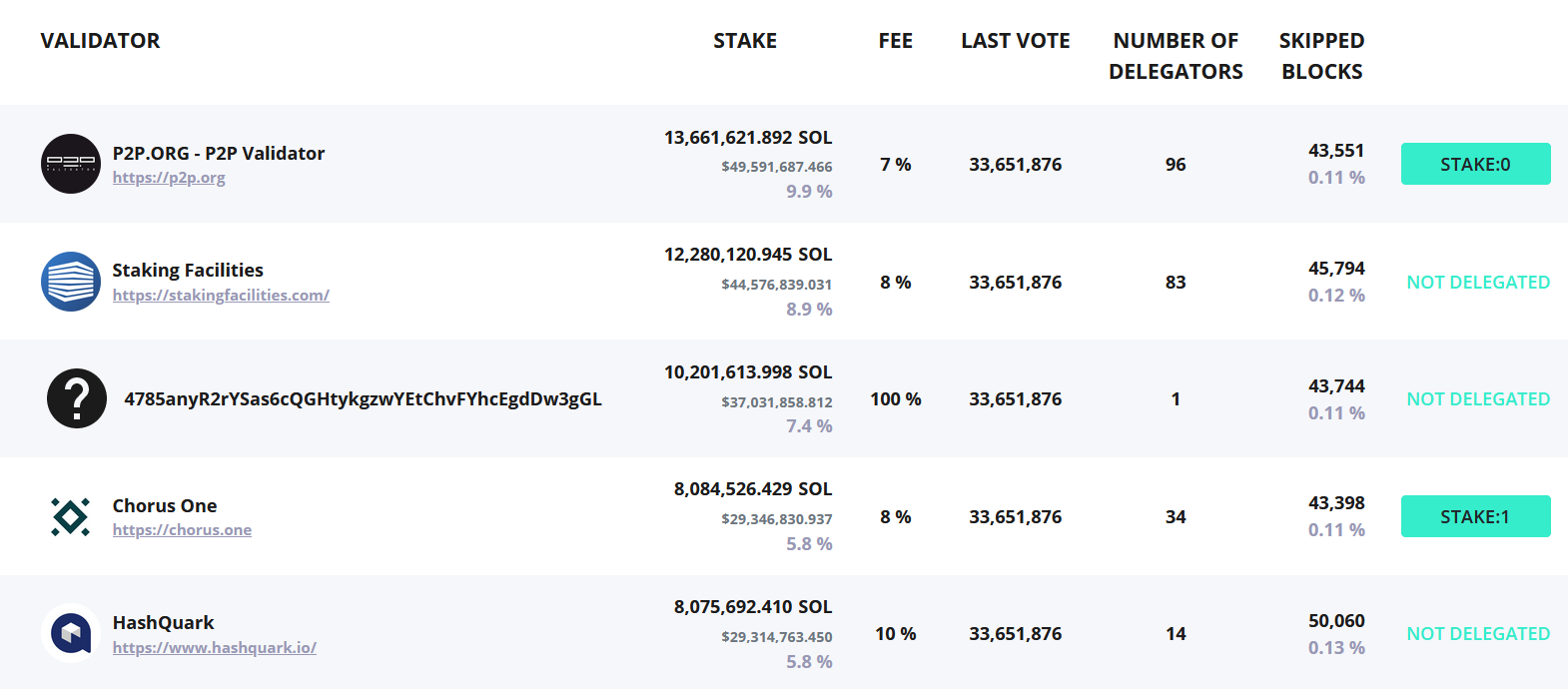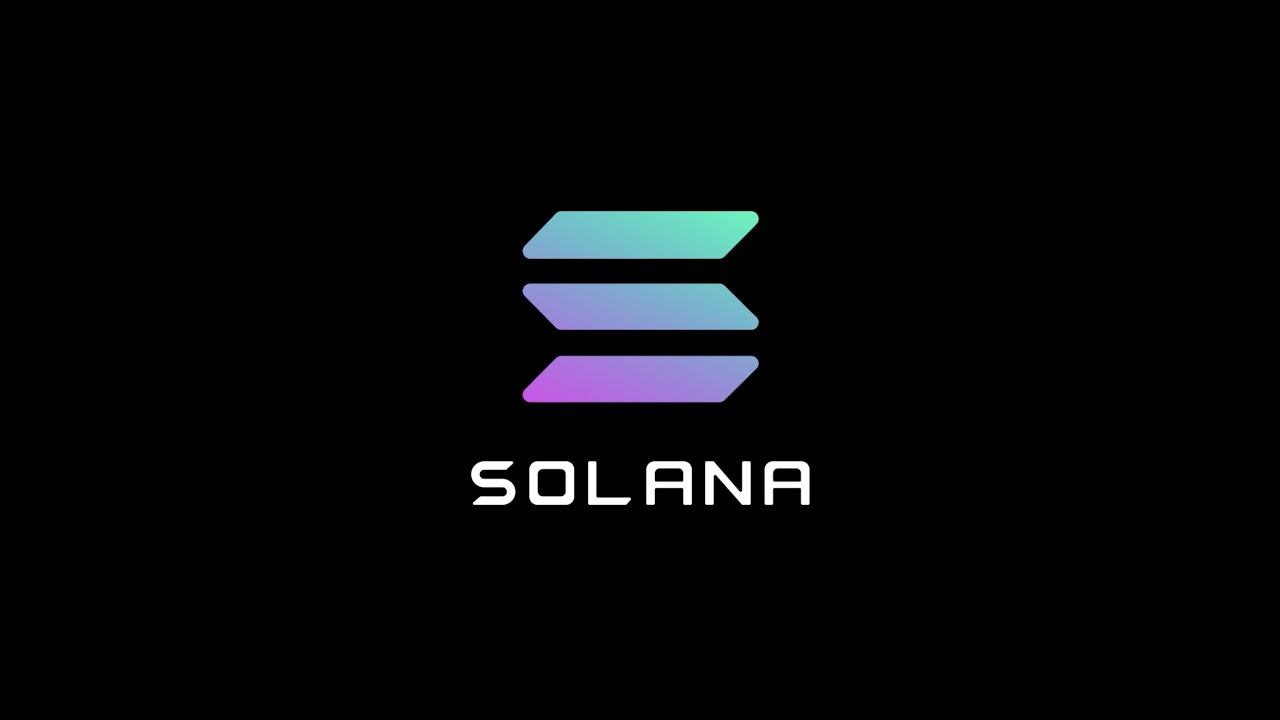Solana is a relatively new project that has been making headlines recently. The first hype wave began after the derivatives exchange FTX announced a decentralized version called Serum to be built completely on Solana. With the recent pullback in the crypto market, Solana’s SOL coin lost some momentum and had to take losses similar to the rest of the market.
Yesterday, it was announced that the leading USD-pegged sablecoin, Tether’s USDT, was going to be introduced on Solana. Paolo Ardoino, CTO of Bitfinex and Tether, confirmed the news. The Solana price quickly reacted to this, showing an increase of over 40% in one day, leading the top 100 coins of the crypto market. The introduction of Tether was also the reason behind OMG network’s pump in late August.
. @Tether_to is expanding every day/week/month/year since 2014. Never stops, never sleeps, just works. https://t.co/aXvB1DfweE
— Paolo Ardoino (@paoloardoino) September 9, 2020
What exactly is Solana?
Solana is a new top of the art distributed ledger with immense data throughput. The layer 1 platform can currently execute 50,000 transactions per second (TPS). That’s almost 3,300 times more than is possible on Ethereum! An incredible performance made possible all without sharding. The network reaches these speeds thanks to what is known as Proof of History (PoH).
PoH isn’t a consensus mechanism, but rather a system that efficiently secures the chronology of transactions. To do this, so called rotating leader-nodes (rotating: the leadership role is passed around different nodes) make use of a verifiable delay function (VDF). They group transactions into entries, and timestamp these entries by attaching them to a validated hash chain (SHA256). VDF guarantees the chronology of the entries. This makes it possible to identify which transaction came after the other, because in a hash chain every hash follows the previous one.
In the case of Bitcoin it takes an average of 10 minutes for a new block to mined, followed by an additional 10 minutes for the next one. The chronology of transactions is bound to this rhythm, which makes the entire system extremely slow.
Solana doesn’t have the chaining of blocks, but instead has a hash stream that delivers a large overhead of administrative data. This is Solana’s weakness. The validation is extremely compute-intensive. Solana counters this problem with the assumption, that multi-core GPUs with over 4,000 cores will be responsible for validation. The hash stream will be generated by one single core, leaving the rest free for validation. With a 4,000 core GPU for example, a validator can validate at a speed 4,000 times greater than the speed at which the hash stream is generated, because the entire process can be done in parallel. This makes the system sustainable, because the validation of a long history is extremely compute-intensive. To validate one year for example, it would take a 4000 core GPU up to 2 hours and 10 minutes.
The consensus mechanism
Consensus is achieved through a delegated Proof of Stake mechanism (dPoS). It is possible for users to set up their own nodes, or delegate their stake to other validators. The delegating users earn the inflation, while validators charge them a modifiable fee.
 Top Solana validators / Solflare
Top Solana validators / Solflare
In this example we can see that stake was delegated to the P2P.ORG node and the Chorus One node. Under „FEE“ we can observe that percentage that the validators are charging the delegators.
Transactions on Solana cost an average of $10 per 1 Million transactions.
How can SOL be staked?
Solana is relatively new. Inflation for example hasn’t been implemented yet, nor is it clear when it will be implemented and how high it will be. Nevertheless, it is already possible to support and test the network at the moment. This is easily done using the online „Solflare“ wallet. The setup uses a keyfile similar to Myetherwallet, which has to be stored safely.
Once registered, it is possible to set up „Stake Accounts“. These stake accounts can be delegated to validators. The stake accounts can also be split up and dissolved later as well.
Follow CryptoTicker on Twitter and Telegram for daily crypto news and price analyses!
 Solana pumps© Cryptoticker
Solana pumps© Cryptoticker